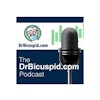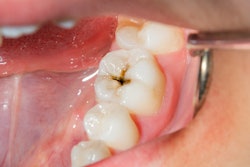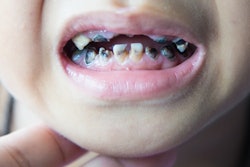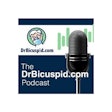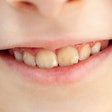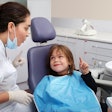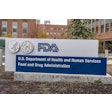Resealing may significantly reduce dental decay long term and at a reasonable cost, making it a compelling option for inclusion in insurance and Medicaid coverage. This study was recently published in AJPM Focus.
Teeth with sealants retained until age 17 may continue to offer long-term value, while those that develop caries may lead to more costly treatments in the future, the authors wrote.
"Results from the simulation provide motivation to consider including resealing as a covered service by Medicaid and insurance programs and also provide information to help optimize the timing of that resealing," wrote the authors, led by Christina R. Scherrer, PhD, of Kennesaw State University (AJPM Focus, April 9, 2025).
To assess the cost-effectiveness and impact of different dental sealant resealing strategies, a discrete event simulation model was employed between October 2023 and May 2024. The model tracked 4,000 recently sealed first molars in a hypothetical group of 1,000 seven-year-olds over a 10-year period, with transitions occurring every six months, they wrote.
Three scenarios were analyzed, including no resealing or base case ("S_DentalVisit"), resealing at the first dental visit, and resealing at age 12 ("S_Age12"). Outcomes such as averted decay, disability-adjusted life years (DALYs), and costs were compared to the base case. Direct costs included the price of sealant application and the cost of tooth restoration.
Without resealing, only 35% of teeth retained sealants after 10 years. Resealing at age 12 boosted retention to 53%, while resealing at the first dental visit achieved 43%. Both strategies also cut decay incidence from 41% with no resealing to 27% at age 12 and 25% at the first visit. Without resealing, an estimated 41% (95% confidence interval: 41.12% to 41.18%) of first molars will develop decay by age 17, they wrote.
Corresponding DALYs fell from 5.35 with no resealing to 3.52 for age 12 resealing and 3.19 for first‑visit resealing. The cost‑effectiveness analysis found that resealing at the first dental visit was the most advantageous option, with the lowest cost per averted cavity ($43) and per averted DALY ($6,753).
Nevertheless, the study had limitations, including its focus on resin-based sealants. Further research is needed to extend the simulation to glass ionomer cement sealants, the authors added.
"Results showed that both the effectiveness and cost-effectiveness of the resealing scenarios studied were practical and reasonable for a range of model inputs," they concluded.



